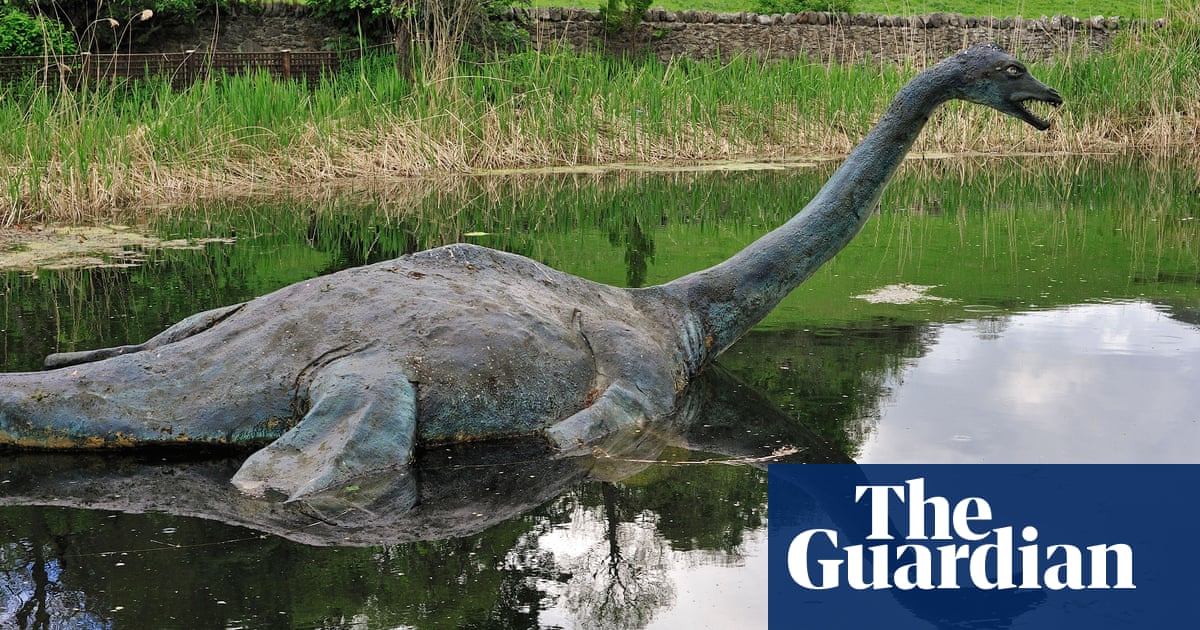A robotic Tyrannosaurus rex might seem best placed in a Jurassic horror movie but researchers say machines based on extinct animals could help shed light on evolution.
Scientists say the nascent field of “paleo-inspired robotics” can bring fossils to life and help researchers explore how changes in anatomy have affected the way animals move, their speed, and how much energy they use.
Dr Michael Ishida, of the University of Cambridge and a co-author of the review article, said: “We have these animals that evolution has created over millions and millions of years, but with a couple lines of code or a new 3D-printed leg we can simulate those millions of years of evolution in a single day of engineering effort.”
As an example, Ishida noted he is part of a team working on how certain species of fish, such as mudskippers, evolved the ability to “walk” on land.
“Building a robot [based on these living species of fish] will hopefully give us a little bit of insight into what kind of evolutionary pressures, or what kind of mechanics, started to force fish to develop these different anatomies that would be useful on land,” he said, adding that such learning would help the team develop paleo-inspired robots of extinct fish.
Writing in the journal Science Robotics, Ishida and colleagues note that engineers have long created robots to mimic living animals, while robots have also been built to explore specific features of extinct creatures including plesiosaurs.
The team hope researchers will now move towards recreating the entire body of ancient animals. “Analysing just one leg isn’t enough to really understand how a four-legged animal walked,” Ishida said.
He said such robots had an advantage over computer simulations. For example, when studying the way a creature may have moved, robots can be placed in real-life environments, while computer simulations require complex models that capture the physics of surfaces such as sand or sticky mud.
Among the questions the team says paleo-inspired robotics could help answer is how vertebrates shifted from living in watery environments to living on land, how flight evolved and how certain animals went from walking on four legs to walking on two.
“Understanding these big changes [is] not something you can easily do just looking at fossilised remains,” Ishida said.
The team said robots could help explore the anatomy of animals for whom only part of their fossils were known, as well as those missing from the fossil record. “We can build something that we think came in between species A and species B and see: is this plausible? Is this not plausible?” Ishida said.
He said robotics could also shed light on species that could yet emerge. “We have all these new sorts of evolutionary pressures of animals living next to humans, or animals living with climate change, or all these the ways the world we know is going to change,” Ishida said. “And so if we understand how evolutionary pressures in the past led to a series of different species, maybe we can have some idea of what will happen in the future.”
Prof Steve Brusatte, a palaeontologist at the University of Edinburgh who was not involved in the report, said paleo-inspired robotics held huge potential.
“It would be mesmerising to build a robot to, say, understand how giant dinosaurs walked and moved. But what is especially exciting to me is the potential of using robots to study major evolutionary transitions,” he said. “These robots can help us test hypotheses about the history of life.”

